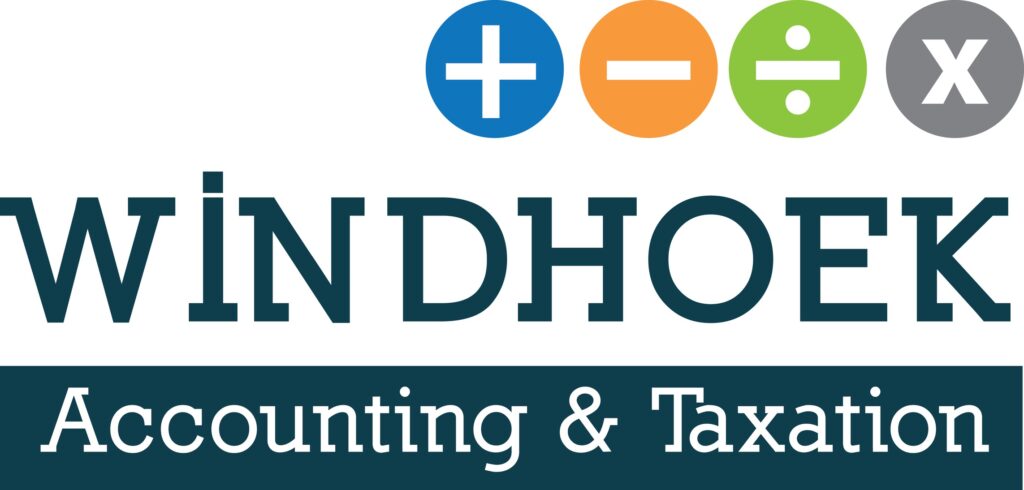Namibia’s business landscape is evolving rapidly, driven by global economic shifts, technological advancements, and local opportunities. As we approach 2025, businesses and investors need to stay ahead of emerging trends to remain competitive and capitalize on new markets. Here are the key business trends shaping Namibia’s economy and opportunities for growth.
1. Renewable Energy and Green Hydrogen
Namibia is positioning itself as a global leader in renewable energy production, particularly green hydrogen.
• Why It’s Growing:
- Namibia’s vast desert landscapes and abundant sunlight provide ideal conditions for large-scale solar energy projects.
- Green hydrogen projects are receiving international attention and investment, with Namibia securing partnerships with Germany and other countries.
• Opportunities for Businesses:
- Supply chain roles in renewable energy projects.
- Infrastructure development for energy transport.
- Advisory and consultancy services for green energy financing and compliance.
Read more about Namibia’s green hydrogen projects.
2. Digital Transformation
The push towards digitalization across industries continues to grow, with Namibia making significant investments in ICT infrastructure.
• Key Drivers:
- Government initiatives to enhance broadband access and reduce internet costs.
- Growing adoption of e-commerce and digital payment platforms by businesses and consumers.
• Opportunities for Businesses:
- Development of software solutions tailored to Namibia’s unique needs.
- Cybersecurity services to protect growing digital assets.
- Training programs to upskill the workforce in digital technologies.
3. Oil and Gas Boom
The discoveries of significant oil and gas reserves in Namibia’s Orange Basin have placed the country on the global energy map.
• Impact by 2025:
- Increased foreign direct investment (FDI) from international oil giants like TotalEnergies and Shell.
- Economic growth projections linked to the oil sector’s development.
• Opportunities for Businesses:
- Support services for the oil industry, including logistics, construction, and equipment supply.
- Local partnerships with international oil companies to fulfill local content requirements.
Learn about Namibia’s oil and gas opportunities.
4. Tourism Recovery and Eco-Tourism
Tourism is bouncing back after the COVID-19 pandemic, with a growing emphasis on eco-tourism.
• Current Trends:
- Namibia is promoting its unique landscapes, such as the Namib Desert and Etosha National Park, as eco-tourism destinations.
- Demand for sustainable and responsible travel experiences is rising.
• Opportunities for Businesses:
- Development of eco-lodges and sustainable travel packages.
- Services catering to digital nomads seeking work-and-travel experiences.
- Partnerships with conservation efforts to create socially responsible travel options.
5. Agribusiness Innovations
Agriculture remains a cornerstone of Namibia’s economy, but agribusiness is shifting towards innovation and technology.
• Emerging Trends:
- Use of precision farming techniques, such as drones and sensors, to improve yields.
- Growth of agritech startups offering solutions for water management and crop monitoring.
• Opportunities for Businesses:
- Investment in agricultural technology and equipment.
- Export of high-value crops, such as dates and grapes, to regional and international markets.
- Value-added processing of agricultural products like meat and dairy.
6. SME Growth and Support
Small and medium enterprises (SMEs) are the backbone of Namibia’s economy, and initiatives to support them are expanding.
• What’s Changing:
- Increased access to microfinancing and business incubation programs.
- Government policies aimed at reducing bureaucratic red tape for SMEs.
• Opportunities for Businesses:
- Offering consulting services to help SMEs with compliance and growth strategies.
- Partnering with incubators and accelerators to support startup ecosystems.
7. Focus on Local Manufacturing
Namibia is placing renewed emphasis on reducing imports by boosting local manufacturing.
• Key Developments:
- Incentives for manufacturers to set up operations in Special Economic Zones (SEZs).
- Policies promoting the use of local raw materials in production.
• Opportunities for Businesses:
- Establishing factories for goods like textiles, furniture, and processed foods.
- Exporting locally manufactured products to SADC countries.
Conclusion
Namibia’s business environment in 2025 and beyond is defined by innovation, sustainability, and growth in key sectors like energy, tourism, and digital transformation. Entrepreneurs and investors who align with these trends will find numerous opportunities to succeed in this evolving landscape.
For expert advice on navigating Namibia’s business environment, from registration to compliance and financial management, contact Windhoek Accounting & Taxation. Let us help you position your business for success!


